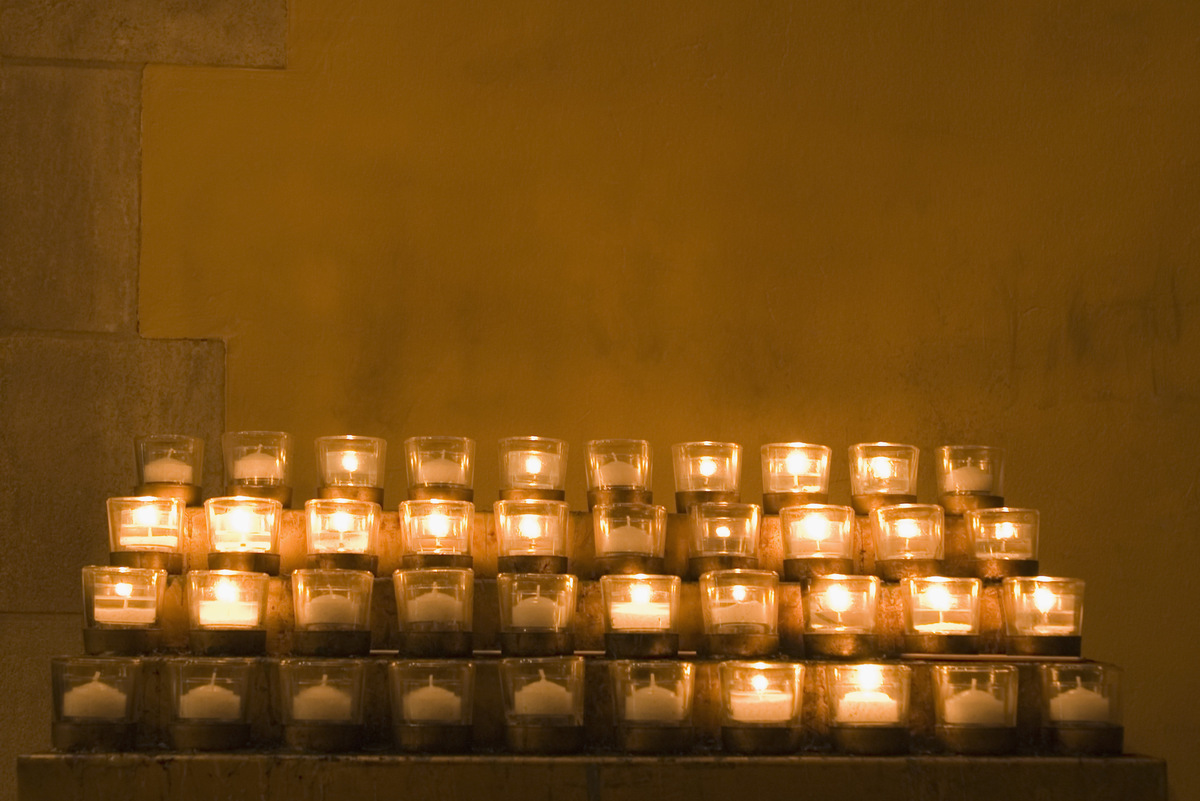

Articles
What Are Candles For
Modified: November 1, 2024
Discover the myriad uses of candles with our informative articles. Learn how candles can create a warm ambiance and provide relaxation and aromatherapy benefits.
(Many of the links in this article redirect to a specific reviewed product. Your purchase of these products through affiliate links helps to generate commission for Storables.com, at no extra cost. Learn more)
Introduction
Candles have been used by human beings for centuries, serving both practical and symbolic purposes. These humble sources of light have not only provided illumination in the darkness but have also held significant cultural, spiritual, and decorative significance in various cultures and religions around the world. From religious ceremonies to cozy home decor, candles have become a staple in many households and sacred spaces.
In this article, we will explore the diverse uses and meanings of candles. We will delve into their historical significance, their decorative uses, their religious and spiritual symbolism, as well as practical applications. Whether you are a candle enthusiast or simply curious about this timeless object, this article will shed light on the fascinating world of candles.
So, grab a cup of tea, dim the lights, and let us embark on a journey to discover the magic and beauty of candles.
Key Takeaways:
- Candles have a rich history, serving as more than just sources of light. They hold cultural, spiritual, and decorative significance, connecting us to our past and providing comfort in various aspects of our lives.
- While candles offer beauty and ambiance, safety is paramount. Adhering to candle safety guidelines ensures that we can enjoy the cozy glow and tranquility they provide while minimizing the risk of accidents or fires.
Read more: What Size Candles For Candle Holders
What Are Candles?
A candle is a cylindrical object made of wax or a similar substance, with a central wick that is ignited to produce light. The basic components of a candle include the wick, the wax, and sometimes additional additives like fragrance or color. Candles can come in various shapes, sizes, and forms, from traditional tapered candles to stylish pillar candles and scented jar candles.
Traditionally, candles were made from beeswax or tallow, which is animal fat. However, modern candles are typically made from paraffin, a type of petroleum wax, or soy wax, which is derived from soybean oil. These materials are chosen for their ability to burn evenly and provide a steady flame.
Candles have been used for centuries and have evolved from being a simple source of illumination to becoming a symbol of relaxation, meditation, and celebration. Whether used for creating a calming ambiance during a bubble bath, setting a romantic mood for dinner, or adding a decorative touch to a festive event, candles have become an integral part of our lives.
Moreover, candles are not just limited to providing light and atmosphere. They can also be used for practical purposes such as emergency lighting during power outages or as a backup light source while camping.
With their versatility and wide range of uses, candles have become much more than just objects that emit light. They have become an expression of art, a way to evoke emotions, and a means to create a comforting and soothing atmosphere in our homes and beyond.
Historical Significance of Candles
Candles have a rich and storied history that dates back thousands of years. They have played an essential role in various cultures and civilizations, serving not only as a practical light source but also holding significant symbolic and religious value.
One of the earliest historical references to candles can be traced back to ancient Egypt, where candles made of rushlights, which were papyrus reeds soaked in fat, were used. These early candles were primarily used for religious ceremonies and rituals.
In ancient Rome, candles were made from tallow, and their use became more widespread. They were used for both practical and ceremonial purposes. Candles illuminated homes, public buildings, and streets, offering light after sundown. In religious ceremonies, candles represented the divine presence and were used as offerings to the gods.
During the Middle Ages, the production of candles expanded, and beeswax candles became popular. Beeswax was considered a superior material due to its clean and pleasant scent when burned. The Church highly valued beeswax candles for their purity and often used them in religious rituals and as a symbol of illumination and enlightenment.
As the centuries passed, candles continued to hold significance. In the 17th and 18th centuries, candles symbolized prosperity and were used in festive celebrations and events. The art of candle-making flourished during this time, leading to the creation of beautifully crafted and ornate candles.
In the modern era, candles have retained their historical significance while adapting to changing trends and styles. They are commonly used in religious ceremonies, such as lighting candles in churches as a form of prayer or remembrance. Candles are also an integral part of secular celebrations, including birthdays, weddings, and holiday festivities.
The historical significance of candles extends beyond their practical use. They have come to symbolize hope, spirituality, and enlightenment. Lighting a candle can provide comfort during times of sorrow or serve as a symbolic gesture of guidance and protection.
Today, candles continue to be cherished for their historical legacy and their ability to create a warm and inviting atmosphere. Whether used for religious ceremonies, home decor, or personal rituals, candles connect us to our past and provide a sense of tradition and continuity in our modern lives.
Decorative Uses of Candles
Candles have long been appreciated for their aesthetic appeal and ability to enhance the ambiance of any space. With their soft, flickering glow and beautiful designs, candles add a touch of warmth and charm to any setting. They can be used as decorative elements in various ways to create a cozy and inviting atmosphere.
One of the most popular ways to use candles decoratively is by placing them in candle holders or lanterns. These holders come in a wide range of styles, from sleek and modern to rustic and vintage, allowing you to find the perfect match for your interior decor. Placing candles in decorative holders not only adds elegance and visual interest but also helps protect surfaces from dripping wax.
Candles can be arranged in clusters or displayed individually to create stunning centerpieces on dining tables, mantels, or coffee tables. By varying the sizes, shapes, and colors of the candles, you can achieve different effects – from a romantic and intimate setting to a vibrant and festive atmosphere.
Another popular decorative use of candles is to create a relaxing and spa-like feel in bathrooms. Placing scented candles around the bathtub or on bathroom countertops can transform an ordinary bathing experience into a tranquil and rejuvenating retreat. Scented candles also add a delightful fragrance to the space, enhancing the overall sensory experience.
Candles can also be incorporated into seasonal decor. During festive occasions like Christmas, candles in festive colors and designs can be used to adorn tabletops, mantels, or windowsills. They add a touch of holiday cheer and create a warm and inviting atmosphere for gatherings and celebrations.
For outdoor spaces, candles can light up patios, decks, and gardens, creating a magical and enchanting ambiance. Weather-resistant candles or flameless LED candles can be used to add a cozy glow and ambiance to outdoor entertaining areas.
Furthermore, candles can be used creatively to showcase unique and imaginative displays. Floating candles in bowls of water, candles in carved fruit or vegetables, or even suspended candles can become eye-catching and conversation-starting design elements.
Whether you prefer a minimalist and modern style or a more ornate and traditional decor, candles offer endless possibilities for enhancing any space. Their soft illumination, combined with their wide variety of styles and scents, makes them a versatile and timeless decorative accessory.
Religious and Spiritual Significance of Candles
Candles hold deep religious and spiritual significance in many cultures and traditions around the world. They are often used as a symbolic representation of divinity, enlightenment, and spiritual connection. Lighting candles in religious and spiritual practices is considered a sacred act that fosters spiritual awareness and creates a reverential atmosphere.
In Christianity, candles are commonly used in church services and ceremonies. The act of lighting candles is seen as a way to symbolize the presence of Christ, who is often referred to as the “light of the world.” Candles are also lit in remembrance of loved ones, as a form of prayer, or to accompany the recitation of sacred texts. The flickering flame is believed to represent the flickering light of faith and the guidance of the Holy Spirit.
Similarly, candles play a significant role in Judaism. The lighting of candles during Shabbat, Hanukkah, and other religious holidays is a cherished tradition. Candles are also used to mark special occasions, such as weddings and Bar/Bat Mitzvahs. The candle flame represents the divine presence and the eternal light that shines from the Temple’s menorah.
In Hinduism, candles are an integral part of religious rituals and ceremonies. They are lit as offerings to deities in temples and shrines, and during festivals and celebrations. The light of the candle is believed to dispel darkness and ignorance and bring about spiritual illumination and enlightenment.
In Buddhism, candles are often used during meditation and as an offering on altars. The soft and steady flame of the candle represents the mind’s calmness and clarity. It is seen as a symbol of the path toward enlightenment.
Additionally, candles are significant in other spiritual practices and belief systems. In Pagan traditions, candles are used in rituals to invoke specific energies and intentions. In Wicca, candles are associated with the four elements and are used to represent different aspects of nature and spirituality.
Lighting candles during moments of prayer, meditation, or reflection is a way to create a sacred space and focus one’s intention. Candles provide a serene and contemplative atmosphere, helping individuals connect with their inner selves and the divine.
The act of blowing out a candle can also hold spiritual symbolism. It is often associated with making a wish, offering a prayer, or releasing negative energy. The extinguishing of the flame is seen as a symbol of letting go and surrendering to a higher power.
Whether used in religious ceremonies or personal spiritual practices, candles serve as a tangible representation of the spiritual realm. Their soft glow and flickering flame remind us of our connection to something greater than ourselves.
When using candles, always place them on a stable, heat-resistant surface and keep them away from flammable materials. Never leave a burning candle unattended.
Read more: What Are Gel Candles
Practical Uses of Candles
Aside from their decorative and symbolic value, candles have practical uses that make them a versatile tool in various situations. From emergencies to everyday activities, candles can provide illumination, warmth, and even serve as a source of entertainment.
One of the primary practical uses of candles is as an alternative light source during power outages. When the electricity goes out, having a supply of candles can help keep your surroundings illuminated and provide a sense of comfort and security. It is essential to keep candles and matches or lighters easily accessible in case of emergencies.
Candles can also be useful during outdoor activities such as camping or backyard gatherings. They can provide ambient lighting for outdoor dinners or illuminate a tent or campsite. In these situations, it is advisable to use flameless LED candles or place candles in lanterns to avoid any fire hazards.
In addition to providing light, candles can offer warmth during colder months or in areas without adequate heating. A few lit candles in a small space can create a cozy and comforting environment, especially when combined with warm blankets and some hot beverages.
Candles can also serve practical purposes around the house. For example, if you have a drawer or a room with a mild musty odor, placing an unscented candle in the area can help neutralize unpleasant smells. The warm flame of the candle can aid in freshening up the space.
Furthermore, candles can be used in crafting and DIY projects. The wax from melted candles can be repurposed to make new candles or used in the creation of homemade soaps or lip balms. The versatility and malleability of melted candle wax present endless creative possibilities.
Finally, candles can be a source of entertainment and relaxation. Watching the mesmerizing dance of the flame can help calm the mind and induce a sense of tranquility. Many people find solace in sitting by a flickering candle, using it as a focal point for meditation, or as a way to unwind after a long day.
With their practical uses ranging from emergency lighting to providing warmth and ambiance, candles prove to be a valuable tool in various situations. Whether it’s in times of need or for everyday comfort, candles offer solutions that go beyond their beauty and symbolism.
Types of Candles
Candles come in a wide variety of shapes, sizes, and styles, each with its own unique characteristics and purposes. From classic pillars to elegant tapers and modern jar candles, there is a candle type for every occasion and preference. Here are some popular types of candles:
- Pillar Candles: These candles are cylindrical in shape and come in various heights and diameters. They are versatile and can be used for both decorative and practical purposes. Pillar candles are often unscented and burn for an extended period of time. They can be single-wicked or multi-wicked.
- Taper Candles: Taper candles are long, slim candles often used for formal occasions such as candlelit dinners or religious ceremonies. They are conical in shape and require candle holders specifically designed to hold them securely.
- Tea Light Candles: Tea lights are small, usually circular candles that come in metal or plastic cups. They are designed to burn for a shorter duration and are ideal for creating a soft and intimate atmosphere. Tea lights are commonly used in decorative displays or as accents in candle holders.
- Jar Candles: Jar candles are poured into heat-resistant glass jars or containers. They come in a variety of sizes and are often scented. Jar candles are convenient and provide a long-lasting burn, making them a popular choice for home decor or as gifts.
- Votive Candles: Votive candles are small, cylindrical candles that are wider than taper candles but thinner than pillar candles. They are usually placed in votive holders, which keep the candles contained and prevent dripping wax. Votive candles are commonly used in religious ceremonies and as decorative accents.
- Floating Candles: Floating candles are designed to float on water. They are usually round or in the shape of flowers, and they create a lovely and effortless decorative touch for events or water-themed displays. Floating candles are often used in centerpieces or outdoor water features.
- Beeswax Candles: Beeswax candles are made from pure beeswax, which is known for its clean-burning properties and a natural scent. These candles have a beautiful golden hue and a slightly sweet aroma. Beeswax candles are often favored for their eco-friendly and sustainable nature.
- Soy Candles: Soy candles are made from natural soy wax, derived from soybean oil. They burn cleanly and have a longer burn time compared to traditional paraffin candles. Soy candles are often scented with essential oils and are popular among those seeking a more environmentally friendly option.
These are just a few examples of the many types of candles available. From traditional to modern, scented to unscented, there is a candle type to suit every style, occasion, and personal preference. Experimenting with different types of candles can add a delightful touch to your home decor or enhance the ambiance of any event.
Candle Making Process
Candle making is an art that has been practiced for centuries. While the process can vary depending on the type of candle being made, there are some basic steps involved in creating candles. Here is a general overview of the candle making process:
- Gather Ingredients and Materials: Start by gathering all the necessary ingredients and materials. This includes wax (such as paraffin, beeswax, or soy wax), a wick, fragrance oils (optional), colorants (if desired), a container or mold, a pouring pot, a thermometer, and a stirring utensil. Ensure that the work area is clean and well-ventilated.
- Melt the Wax: Place the wax in a pouring pot and heat it in a double boiler or a wax melter until it reaches the desired melting point. Different types of wax have different melting points, so it’s essential to follow the specific instructions for the wax being used.
- Add Fragrance and Color (Optional): If desired, add fragrance oils or essential oils to the melted wax to create scented candles. You can also add colorants to achieve the desired hue. Be sure to follow the recommended dilution rates for fragrance oils and use candle-safe dyes or colorants.
- Prepare the Wick: While the wax is melting, prepare the wick by attaching it to the bottom of the chosen container or mold. Some wicks come with adhesive tabs, while others may require securing with a hot glue gun or by using a wick holder.
- Pour the Wax: Once the wax has melted and reached the desired temperature (according to the specific wax instructions), carefully pour it into the prepared container or mold. Be sure to leave a small portion of the container empty to allow for expansion when the wax solidifies.
- Center the Wick: While the wax is still liquid, center the wick by gently straightening it and ensuring it remains in the center of the candle. You can use a wick holder or a pencil to hold the wick upright if needed.
- Allow the Candle to Cool and Solidify: Let the candle cool and solidify completely. This process can take several hours, depending on the size and type of candle. Avoid moving or disturbing the candle during this time to prevent air bubbles or uneven cooling.
- Trim the Wick: Once the candle has solidified, trim the wick to a suitable length, usually around ¼ inch (6 mm). This helps ensure a clean and even burn when the candle is lit.
- Label and Decorate (Optional): If desired, label and decorate the finished candle. You can add a personalized label, tie a ribbon around the container, or be creative with your own decorative touches.
- Enjoy Your Homemade Candle: Once the candle is fully cooled and labeled, it is ready to be enjoyed. Place it in a safe location away from flammable objects, and always remember to follow candle safety guidelines when burning it.
Keep in mind that this is a general overview of the candle making process, and certain variations may exist depending on the type of candle being made. It is important to carefully read and follow the specific instructions provided by the wax manufacturer and any additional resources or recipes you may be using. With practice, you can refine your candle-making skills and create beautiful, customized candles to enjoy or share with others.
Candle Safety Tips
While candles create a warm and inviting atmosphere, it is crucial to prioritize safety when using them. By following these candle safety tips, you can enjoy the beauty and ambiance of candles while minimizing the risk of accidents or fires:
- Never leave a burning candle unattended: Always ensure someone is present in the room where a candle is lit. It is vital to extinguish candles before leaving the house or going to bed.
- Keep candles away from flammable objects: Place candles on sturdy and heat-resistant surfaces away from curtains, bedding, paper, or other flammable materials that could accidentally ignite.
- Trim the wick before lighting: Before lighting a candle, make sure the wick is trimmed to about ¼ inch (6 mm) in length. A long or misshapen wick can cause uneven burning and excessive flame height.
- Use appropriate candle holders: Ensure that the candle is placed in a stable and non-combustible candle holder that can catch any dripping wax. This will help prevent accidental spills and fires.
- Keep candles out of reach of children and pets: Always keep candles in areas where they cannot be accessed or knocked over by children or pets. Ensure that candles are placed well out of their reach to prevent burns or accidents.
- Avoid placing candles in drafts: Placing a candle in a drafty area can cause it to burn unevenly or flicker excessively. This can lead to the candle tipping over or coming into contact with nearby flammable objects.
- Never move a burning candle: Once a candle is lit, it should not be moved until it has completely cooled and the wax has solidified. Moving a lit candle can increase the risk of spills or accidents.
- Extinguish candles properly: Always extinguish candles by using a snuffer or gently blowing them out. Avoid using water to extinguish a candle, as it can cause splattering of hot wax.
- Keep a fire extinguisher nearby: As an extra precaution, have a fire extinguisher readily available in case of emergency. Familiarize yourself with how to use it effectively.
- Consider flameless alternatives: If safety is a concern, consider using flameless LED candles, especially in households with young children or pets. These provide a similar ambiance without the risk of an open flame.
By following these candle safety tips, you can enjoy the soothing and cozy ambiance that candles create while ensuring the well-being and safety of yourself, your loved ones, and your property. Remember, candle safety is essential, and it should never be overlooked.
Read more: What Are Tapered Candles
Conclusion
Candles have a rich history and hold significance in various aspects of our lives. From their practical uses as a source of light during power outages to their decorative and symbolic value in religious and spiritual practices, candles bring warmth, beauty, and a sense of tranquility into our homes and sacred spaces.
Throughout time, candles have evolved, offering a wide range of types and styles to suit every occasion and personal preference. Whether it’s the elegance of pillar candles, the simplicity of tea lights, or the versatility of jar candles, there is a candle for every mood and setting.
However, in our enjoyment of candles, it is crucial to prioritize safety and adhere to candle safety guidelines. By keeping candles away from flammable objects, using appropriate candle holders, and never leaving candles unattended, we can enjoy the cozy glow and ambiance of candles while minimizing the risk of accidents or fires.
The art of candle making provides an opportunity for creativity and customization. With the right materials and techniques, one can create their own unique candles, adding a personal touch to their home decor or creating thoughtful gifts for loved ones.
Whether you use candles to set the mood for a romantic evening, to create a serene atmosphere during moments of relaxation, or as a part of your religious or spiritual practices, candles have a way of connecting us to our emotions, our spirituality, and our history.
So, the next time you light a candle, take a moment to appreciate its beauty, its inviting glow, and the way it can transform a space. Let it be a reminder to pause, reflect, and find solace in the simple pleasures of life.
May the gentle flicker of a candle bring you warmth, peace, and a sense of serenity in all your moments.
Frequently Asked Questions about What Are Candles For
Was this page helpful?
At Storables.com, we guarantee accurate and reliable information. Our content, validated by Expert Board Contributors, is crafted following stringent Editorial Policies. We're committed to providing you with well-researched, expert-backed insights for all your informational needs.
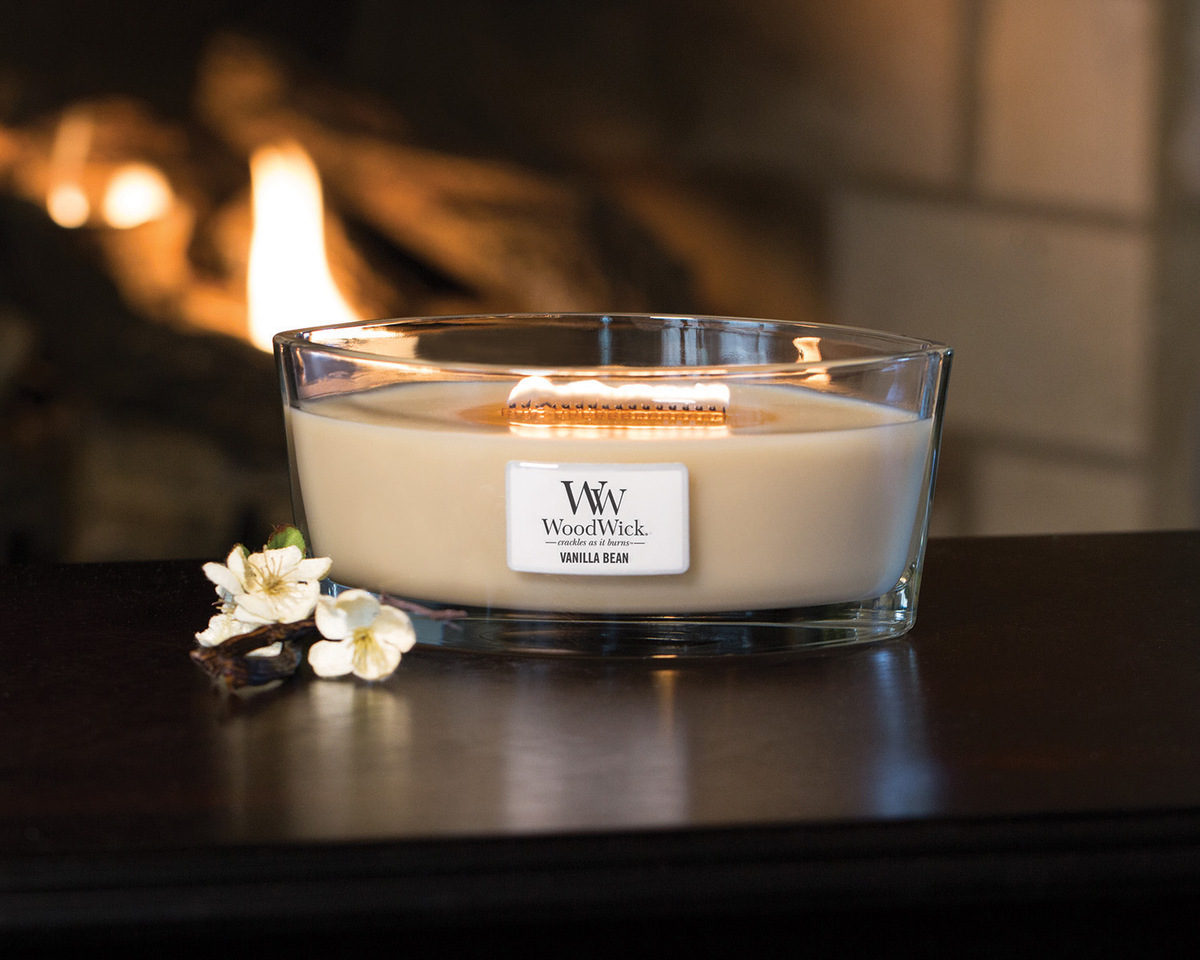
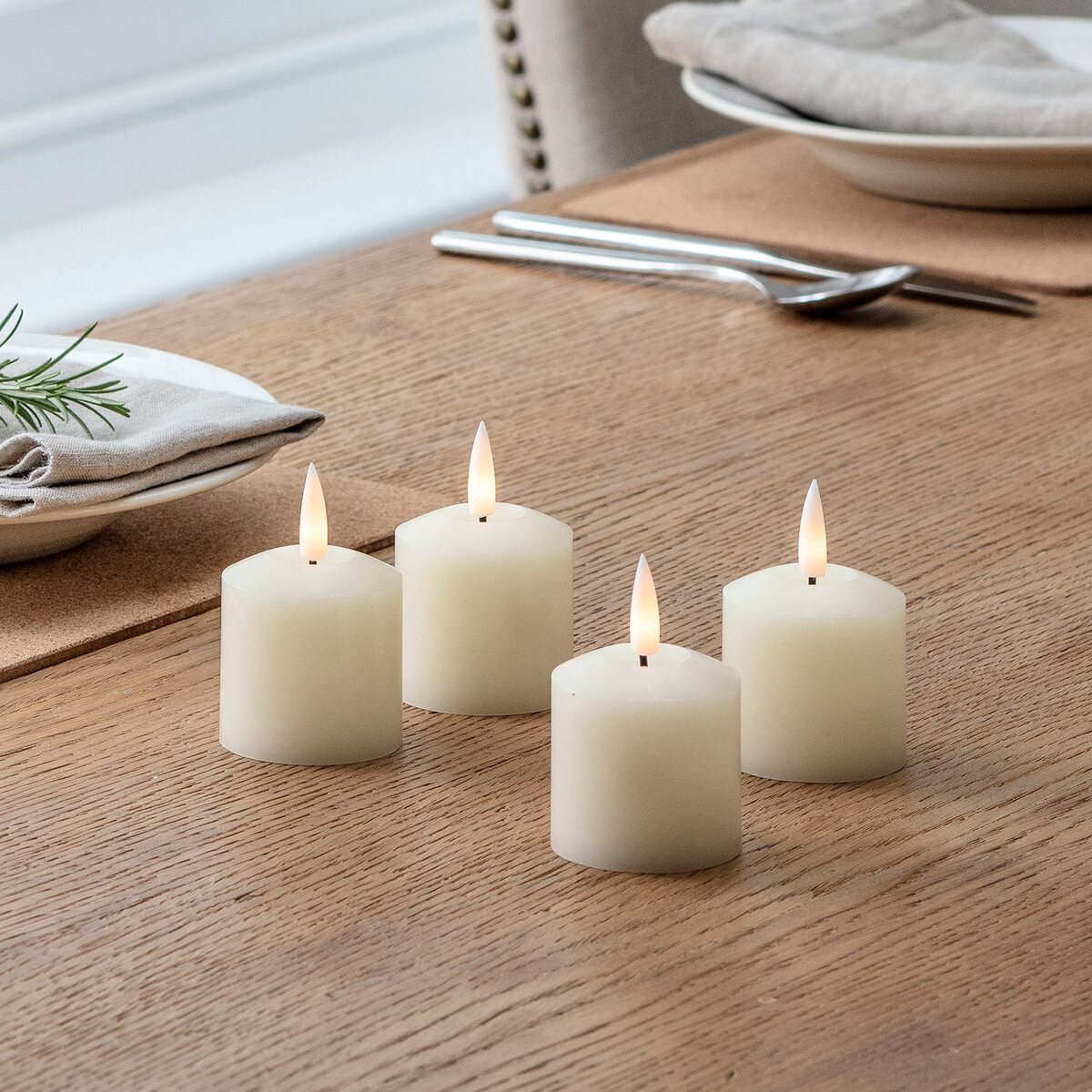
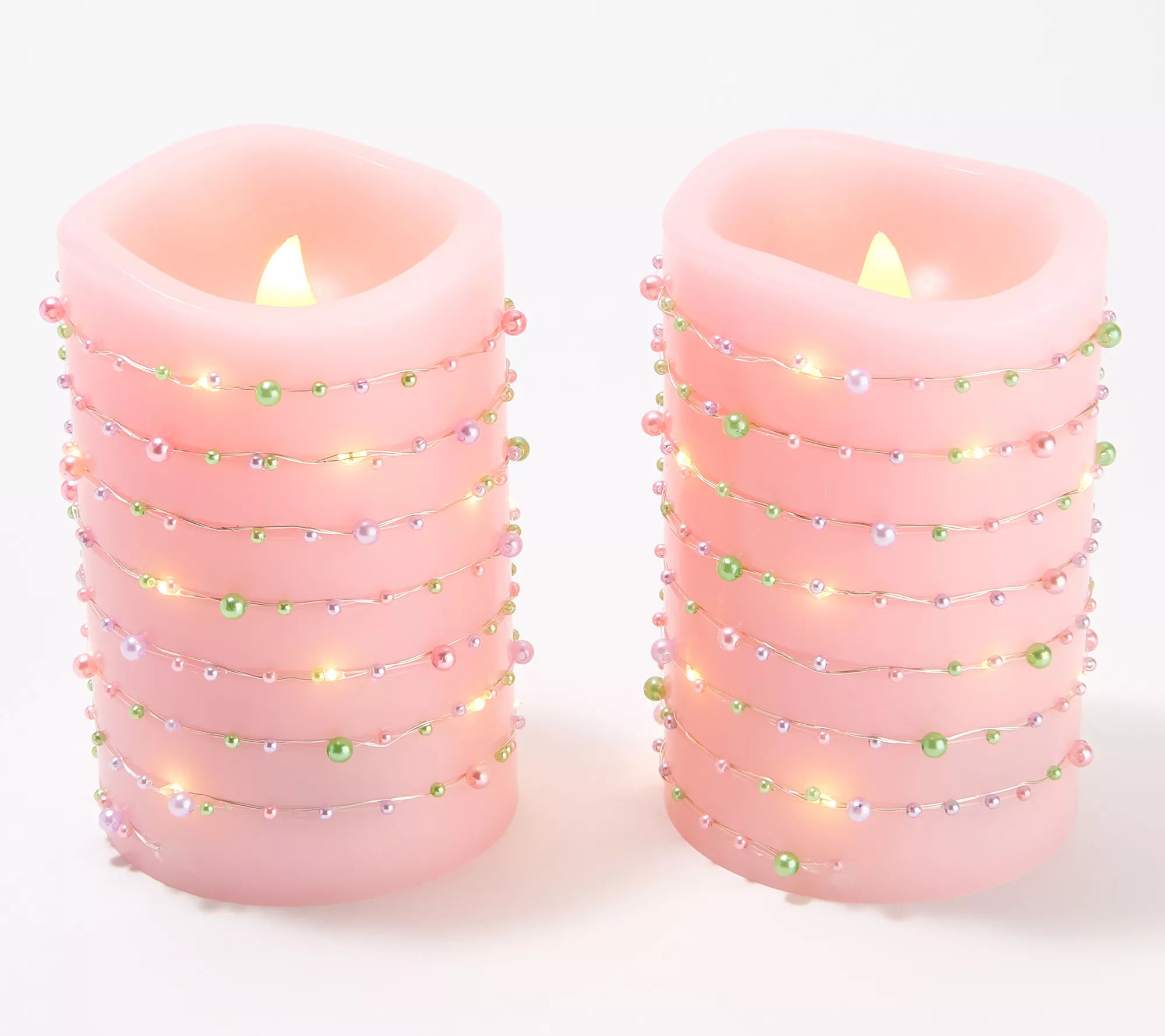
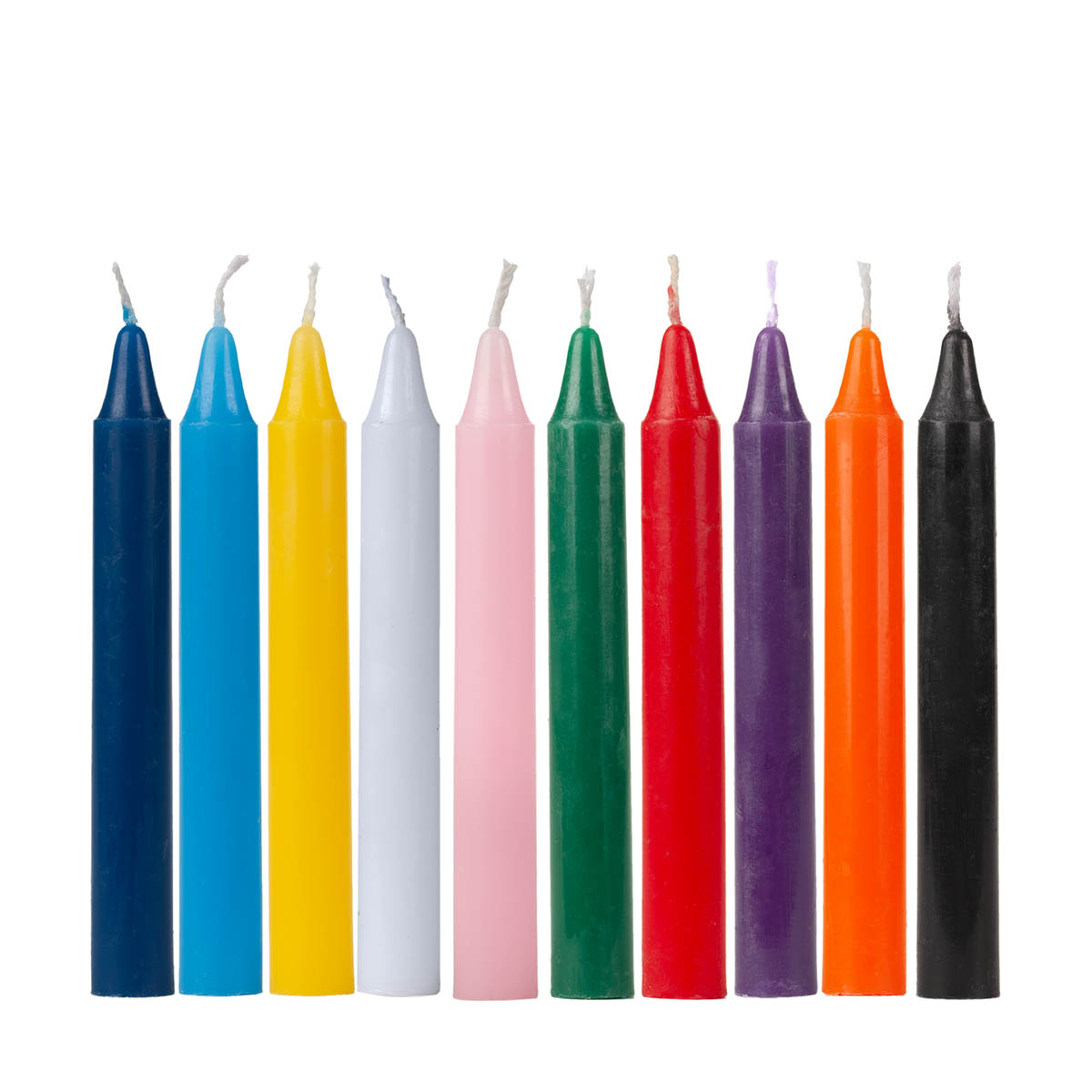
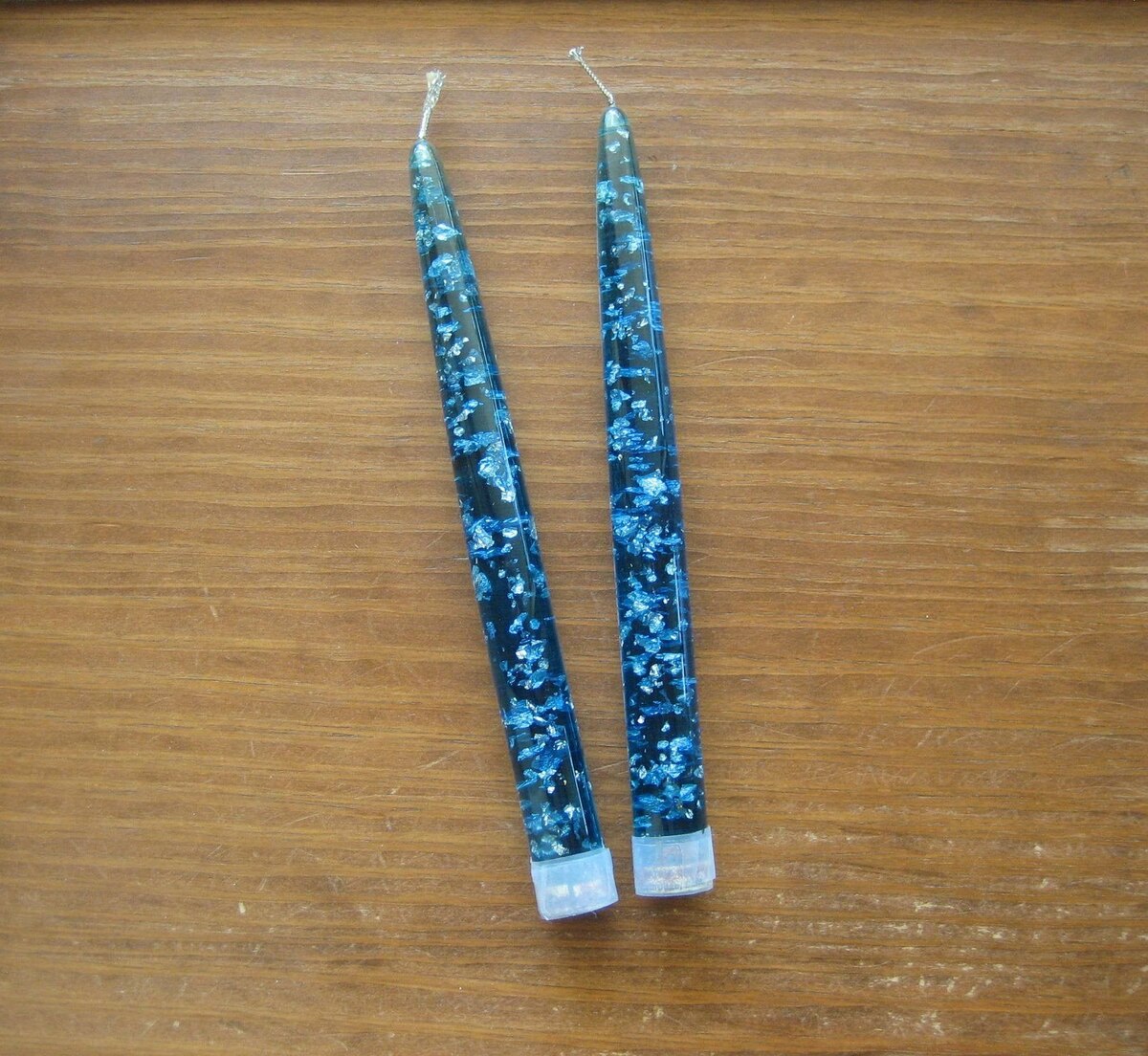
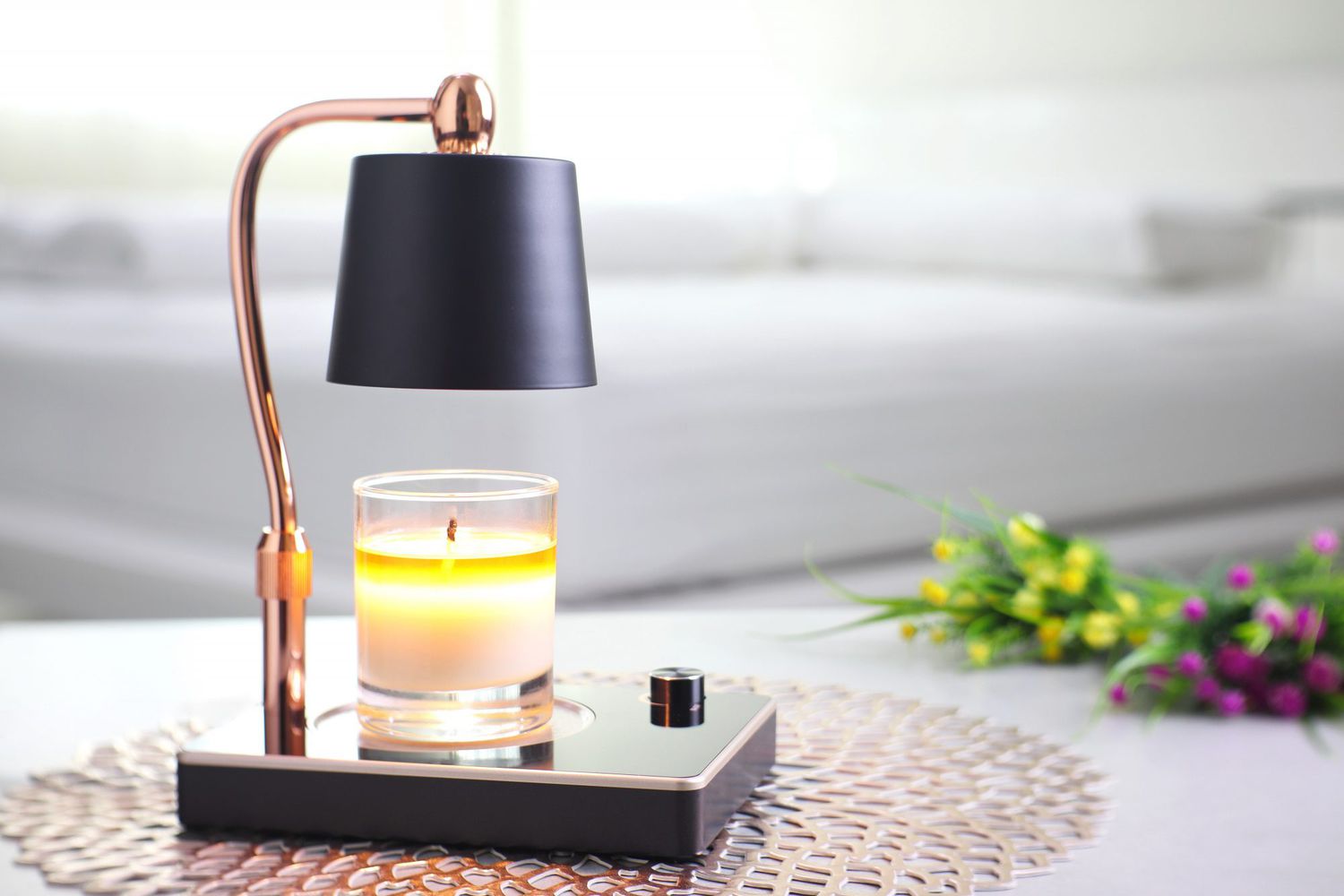
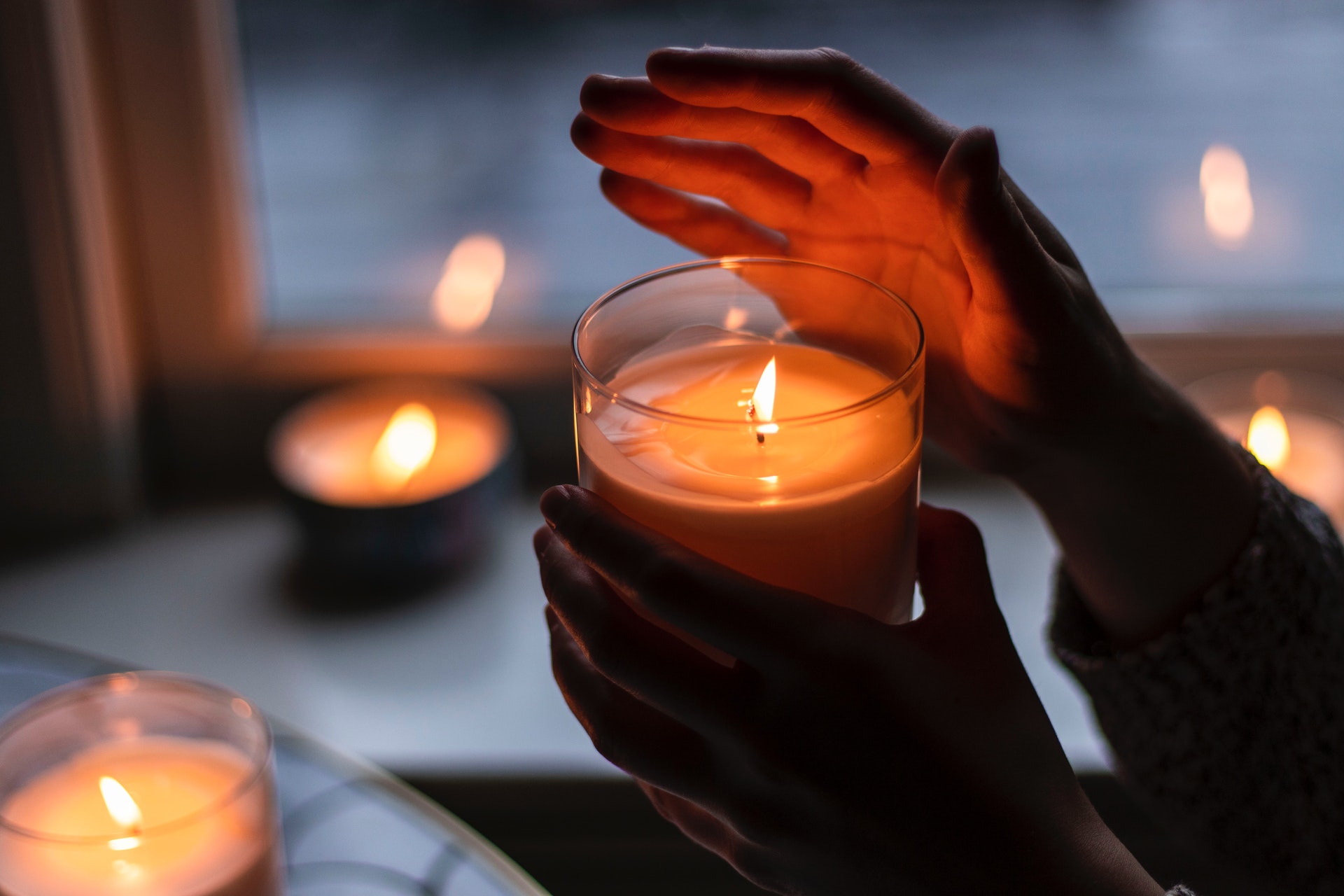

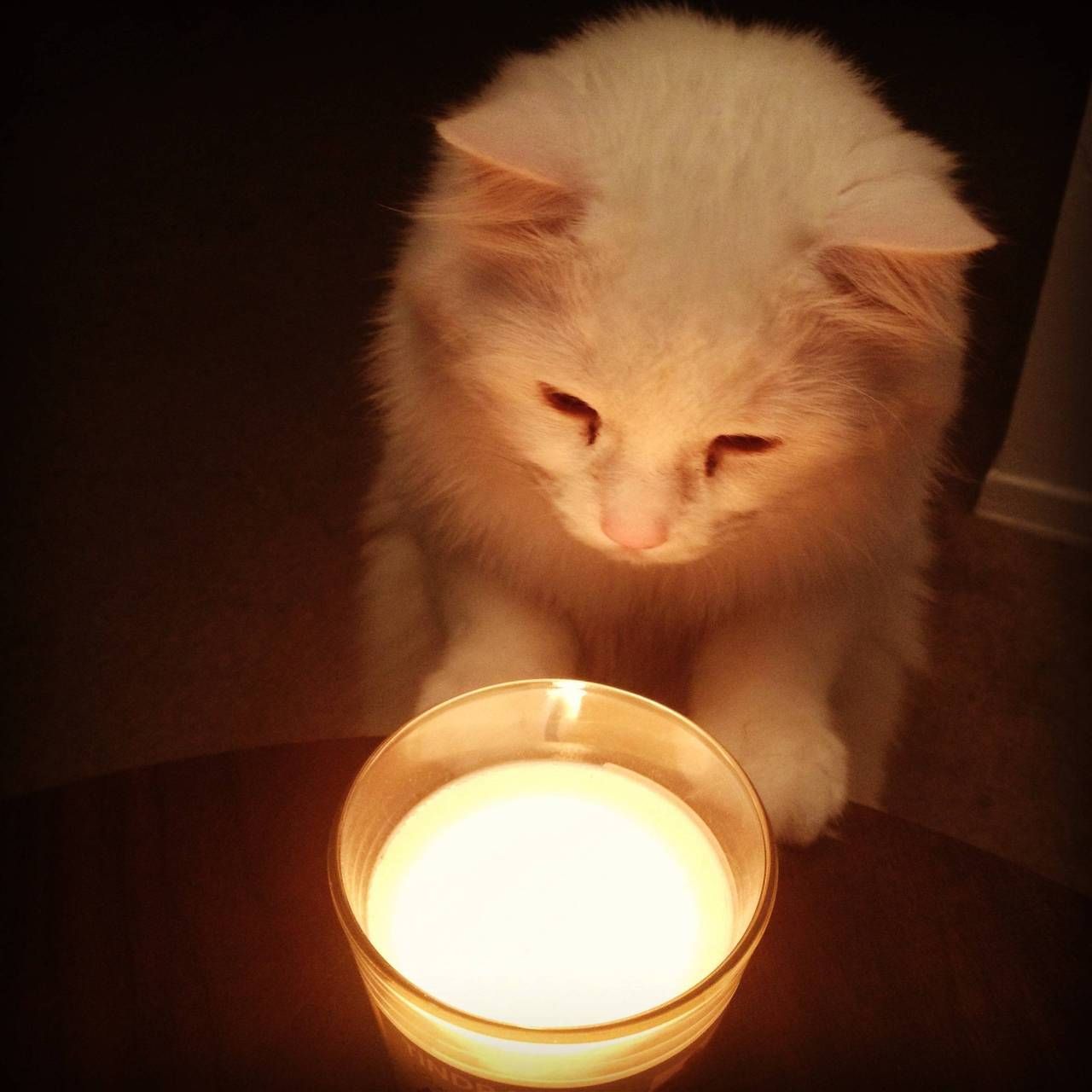
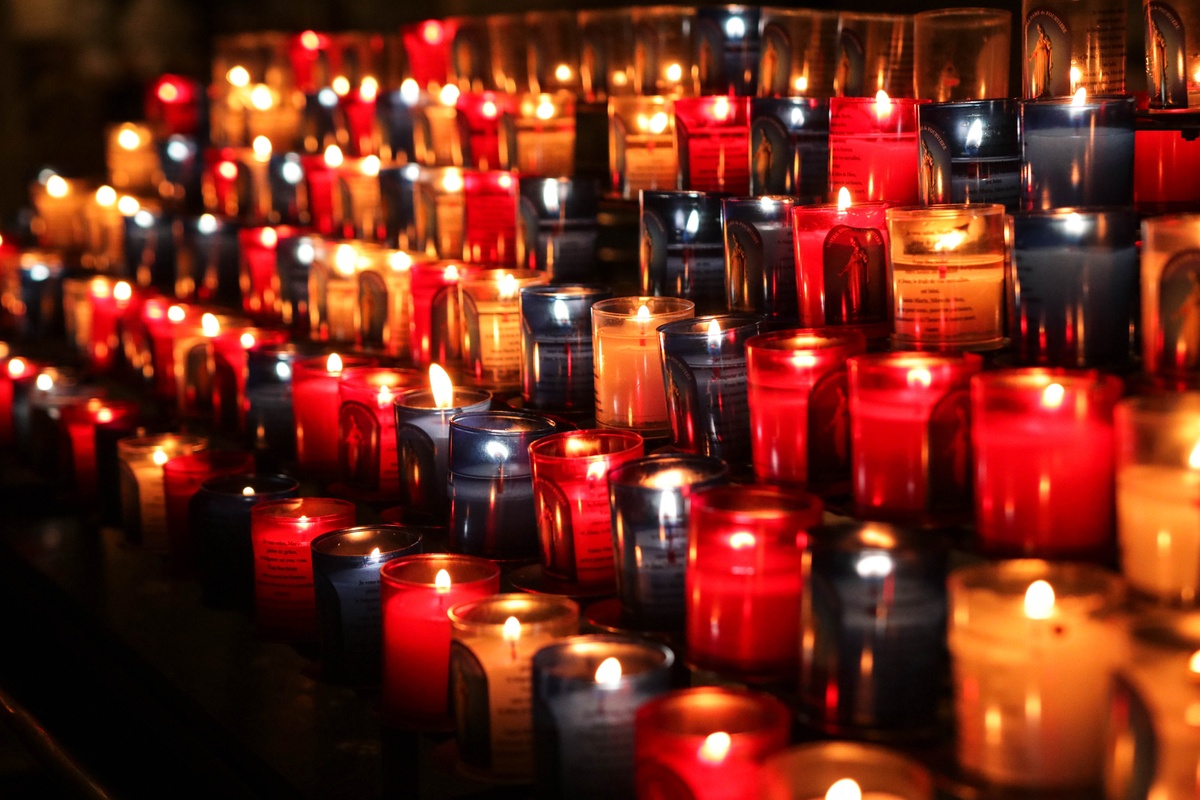
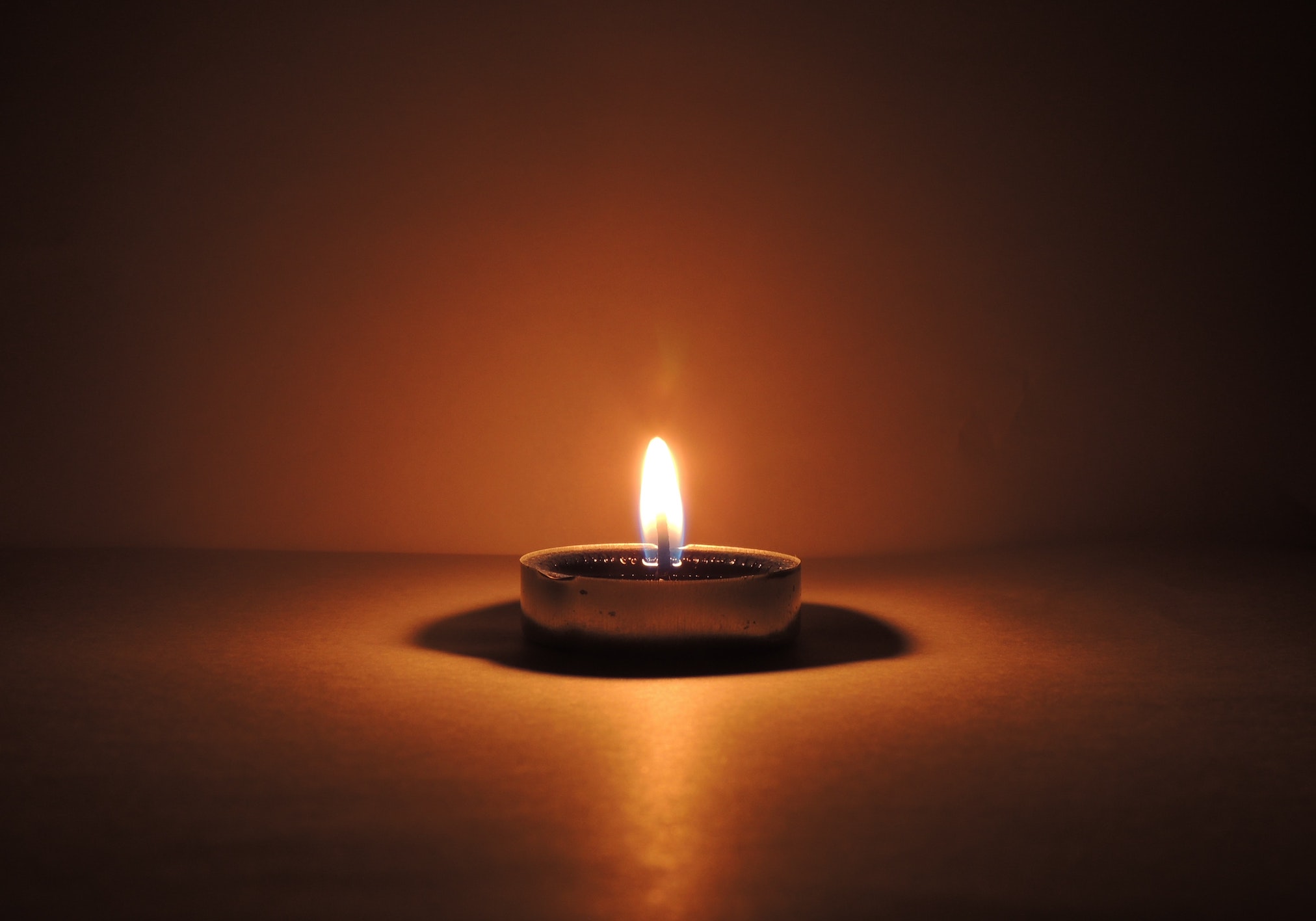
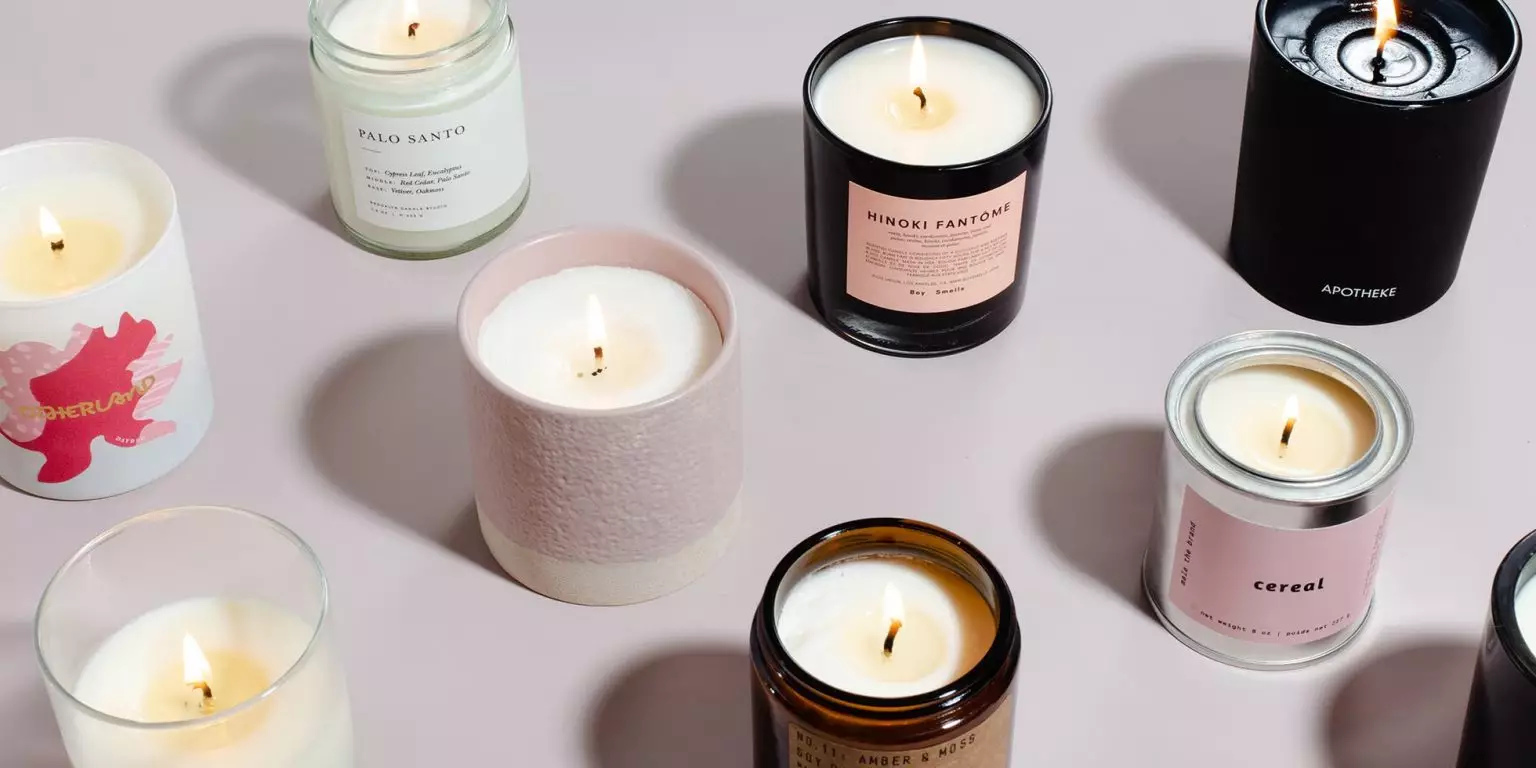
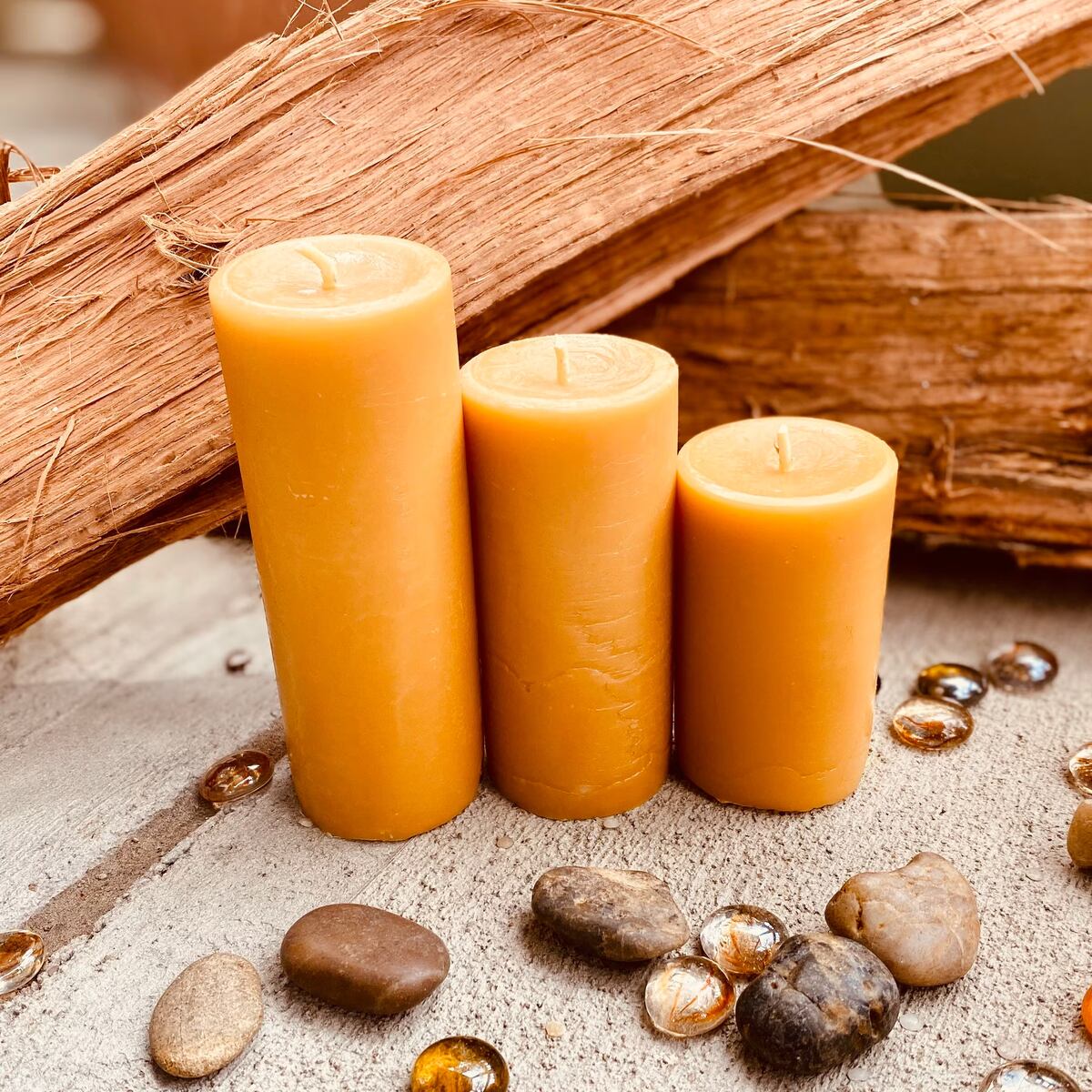

0 thoughts on “What Are Candles For”